Surviving is hard enough in the real world. Everyone has their own way of dealing with the problems of life, some better than others. Just imagine for a moment though, that your survival was as dangerous and bleak as can be portrayed in the ever growing genre of Survival games. Facing hostile environments filled with everything from carnivorous dinosaurs, to blood-thirsty zombies and equally as dangerous people probably wouldn’t be fun. But thankfully that’s what games are for.
The Survival genre is one that can keep players entertained and engaged for hours at a time. If done well, the game can become a giant success that few others can match. The trend in game production is pushing towards the survival genre. Platformers, racing games, RTS, MMO’s and online multiplayer games have all had their moments at the forefront of the gaming community at one time or another. But the current hot genre certainly seems to be survival based action. It’s a trend that doesn’t seem to be going anywhere in a hurry, so it’s valuable exploring what works and what doesn’t when making a game based on staying the right side of living.
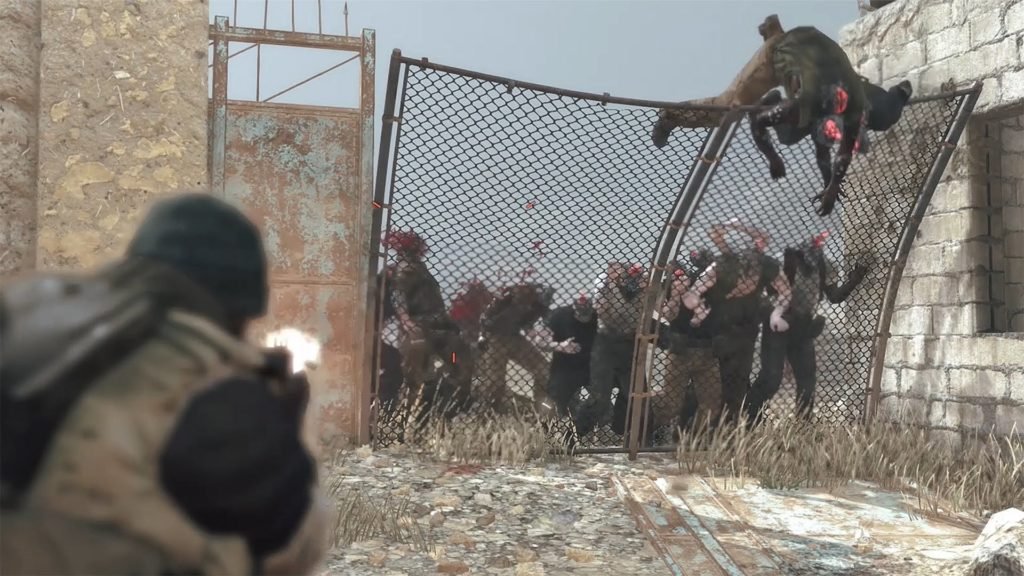
Survival elements can be used to spice up an already tried and tested formula. Think back to GTA San Andreas where hunger was added, not just as a means of regaining health but as a requirement. Rockstar Games even went as far as to show what happens if you visit Cluckin’ Bell once too often, with CJ becoming fatter, making him slower and lowering his stamina. Such survival elements are spreading even further today. The upcoming Resident Evil 7: BioHazard is a return to the survival-horror roots of the franchise, moving away from the last couple of installments of gun-toting action. Resource management, and generally staying alive, will be pivotal for Capcom’s terrifying first-person zombie thriller. Even the Metal Gear series, which has only had survival as a side note in Solid Snake’s trials and tribulations, is trying its hand at putting survival front and center. Konami has shown their spin-off from the main events of the franchise, Metal Gear Survive, to be a survival game played cooperatively between four players in a supernatural landscape. Whether these games succeed or not, the survival genre has an important role to play going forward.
Making a good survival game isn’t as simple as just making sure your character has to find something to eat and drink. There needs to be some kind of goal to achieve in the long term, something that can be classed as an end-game. Be it rescue, total security, or maybe even full control over your digital environment, there has to be an end mission. Another key is to make the very basic elements of survival achievable. Food, water, or shelter must be within a player’s grasp from early on in their adventure. Some games in the genre put too much of an emphasis on just fulfilling the simple and almost mundane side of things. If too much time must be spent merely finding water, then all other parts of what the developer has put in place becomes irrelevant. And finally, the most important ingredient of all is originality. There are numerous games that portray, say, a zombie apocalypse. But to make a game rise above the others, developers must find originality in level design, setting or behavior.
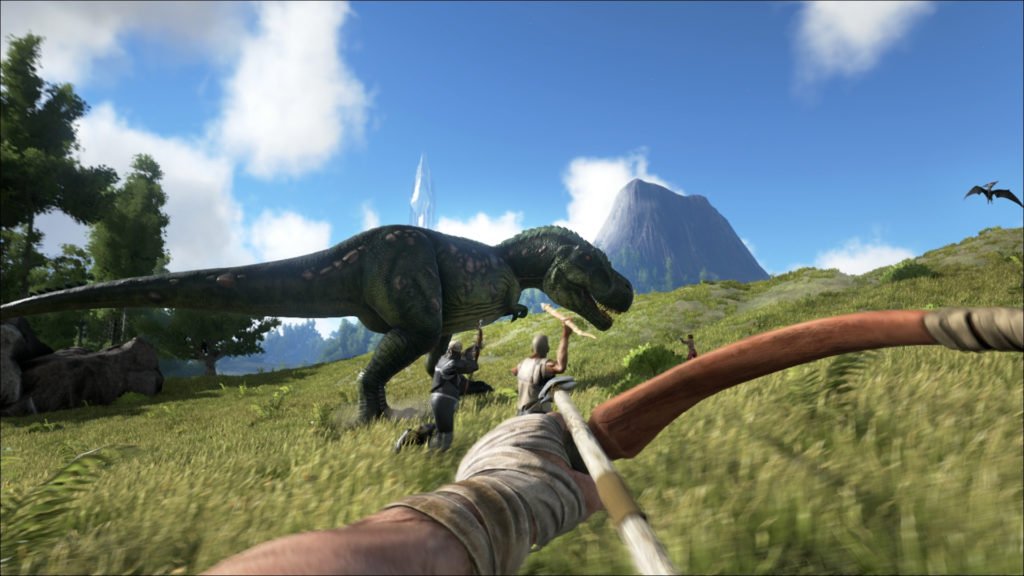
Starting with a good example for the balancing act of basic needs, Ark: Survival Evolved springs to mind. The developers have taken their time to find the right formula for harvesting resources and creating shelter among other things. Food and water are not hard to come by, and neither are the key starter building ingredients of wood, thatch, flint and stone. The abundance of these core items means players can spend more of their time exploring the often deadly island and building increasingly elaborate homes. It’s easy to get going quickly in Ark: Survival Evolved, with the challenge built more towards the high end of the crafting system.
Another title that has a clear end-game would be the massively successful Minecraft. Minecraft is perhaps one of the games that best defines the Survival genre. Resource gathering, crafting, and exploring wild environments are a big factor in making it a hit (along with the creative side too, of course). And Minecraft has a clear end goal: defeat the Ender Dragon. It can be tackled head on and rushed towards as quickly as players dare, but there is also the desire to be perfectly ready for the final boss battle. That is what adds longevity to the survival aspect of Mojang’s signature game, the base concept inspiring more than a few developers along the way.
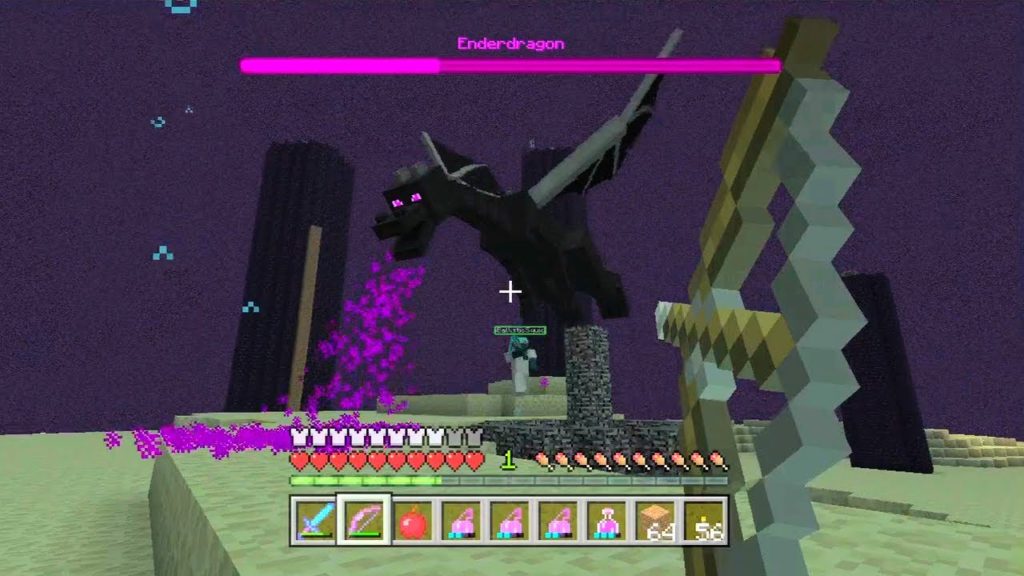
Next up, originality in such a crowded field may be hard to come by, but there are a few examples where developers have struck gold. For instance, the mobile-based Hungry Shark Evolution is essentially a survival game. You start as a baby reef shark at the mercy of many creatures you share the depths with, eventually evolving into the monster that is the Megaladon, and becoming the master of the under sea world. Health and hunger are your only two survival instincts, but Ubisoft has definitely hit the nail on the head when it comes to finding a niche in the market.
Meanwhile, Unturned is also a great example of an original design for the tried and tested formula of a zombie apocalypse. Its basic visual style may initially leave you feeling underwhelmed, but all the aspects are there, including stamina, hunger, thirst and shelter building. Weapons are easy to come by, but not all are effective. You can easily stumble across a hammer for example, but hitting a crawling zombie in the head accurately three times without getting bitten proves to be a challenge. Unturned is a hidden gem away from other big budget zombie survival games because of of that originality and replayability.
Another more traditional survival game that manages to stand out is the indie title Don’t Starve. Taking inspiration from the artistic style of Tim Burton, Klei Entertainment packed Don’t Starve’s bleak world with all the basics to make it a delight to play. The day/night cycle has a big influence on the gameplay, and the varied characters involved bring you closer to the plot than just merely wanting to stay alive. Your aim is to keep your character, Wilson, fed, healthy and mentally stable in a spooky forest full of sinister creatures. A clock tracks your virtual days that you have stayed alive, and at certain milestones you unlock new playable characters. Permadeath brings an added challenge, although it can be quite infuriating to have virtual (and maybe even literal) days of progress at the mercy of a single giant spider. And on top of it all the game even has an Adventure Mode which acts as a level based story, reaching a sinister climax.
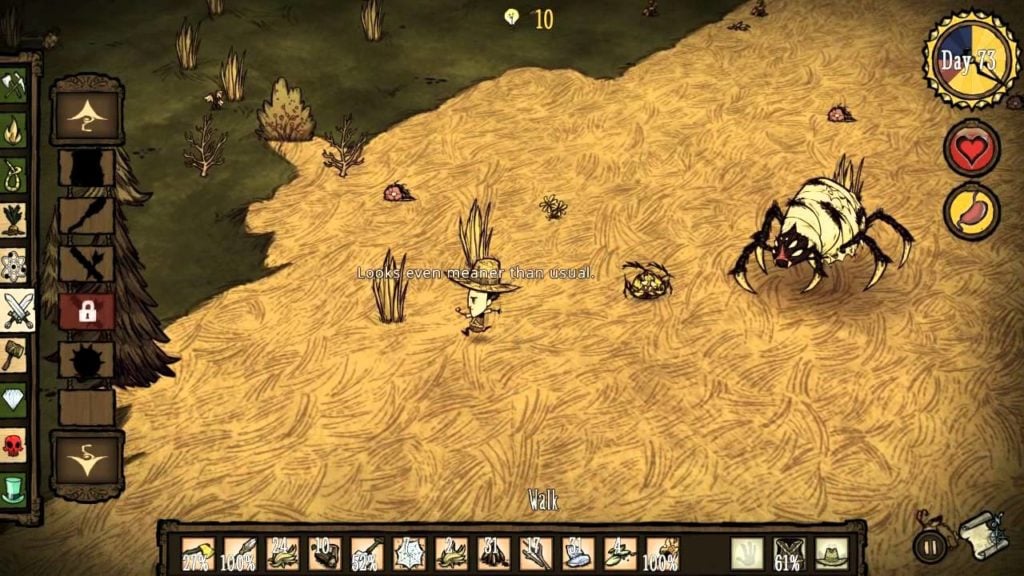
Bad survival games on the other hand can be a real pain. Sometimes too much emphasis is placed on the base requirements, making a title quickly become an unenjoyable slog. Another problem that faces the genre is if there is a heavy emphasis on pay-to-win. H1Z1 and DayZ are two similar games, both following the zombie apocalypse route. Both are nicely done, with the right balance for simply staying alive, with well-spaced and varied maps to explore, but what severely lets them down is the in-game purchasing system. Players can spend their real money to give themselves an insurmountable edge on the opposition. And enough of the community do part with their money. While a successful commercial model for the developer, it has created almost a need to open your wallet to last more than a few minutes on the PvP servers.
The flip side of the balancing act with regards to basic requirements can also lead to a game struggling to keep players engaged. Hello Games looked to have hit the jackpot when it launched No Man’s Sky earlier this year. The title was the second most successful launch behind Uncharted 4 in the PlayStation 4’s history. This hype quickly turned to tedium for players however, as the game almost seemed not challenging enough. Although No Man’s Sky possesses a goal of reaching the center of the galaxy, the lack of difficulty in keeping your character alive made the game feel flat and repetitive. The developers have recently addressed some of the major concerns of players with their latest Foundation Update, adding the opportunity to build your own base, as well as a new game mode named simply “Survival Mode.” This new way of playing No Man’s Sky increases the difficulty for staying alive, and hopefully brings with it an added sense of connection to the action that the original release was lacking.
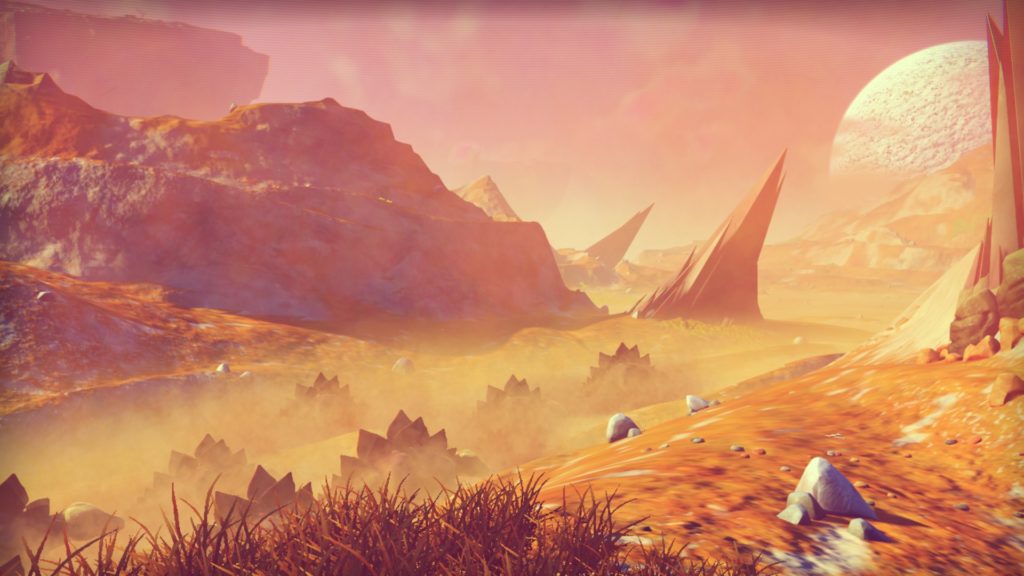
Wandering around with no clear goal is a danger every survival game must overcome. An example would be Stranded Deep. A well liked, and fairly enjoyable take on the genre, it lacks a clear end. Perhaps Beam Team Games will introduce one in the game’s full release, but for now though, you play the role of a plane crash survivor with no way of escaping your idyllic ocean jail, almost defeating the purpose of bothering to survive in the first place.
The Survival genre has an all-too ugly side as well. In many titles, the biggest threat to your existence is other players themselves. As mentioned before, the PvP system of DayZ is a prime example. The hardcore system means that death will lose you all of your hard-scavenged goods. Meeting another player in the wilderness can be more nerve-racking than being pursued by a swarm of the undead. Rust also sees the community pose the biggest danger. The game is multiplayer only, and while there are hazardous NPCs, such as bears and wolves, these are nothing compared to having to defend yourself against a raiding party from a rival clan. It’s easy to fall victim to griefers on many of the PvP servers that these games operate within.
PvP certainly can play a part in making a great survival game. Conflict against other players on a server can be incredibly enjoyable. If you are part of a group of players on a successful foray into enemy territory, you can really get a special feeling. Many games haven’t included elaborate base defense systems and tripwire triggered traps for the occasional NPC that may wander too close to your home. These are put in to a game by the developers to deter other players from acting like savages, and can make for some fantastic free-thinking construction, given the right amount of time and resources. That being said, if PvP favors the hardcore players too strongly, then giving an option of a good PvE experience can be valuable for any title to meet a greater audience. The ugly side of human kind really does show through when put in a life-or-death scenario. This can be considered a blessing by some players, and a curse by others. Thankfully, it is all contained within the coding of computer games.
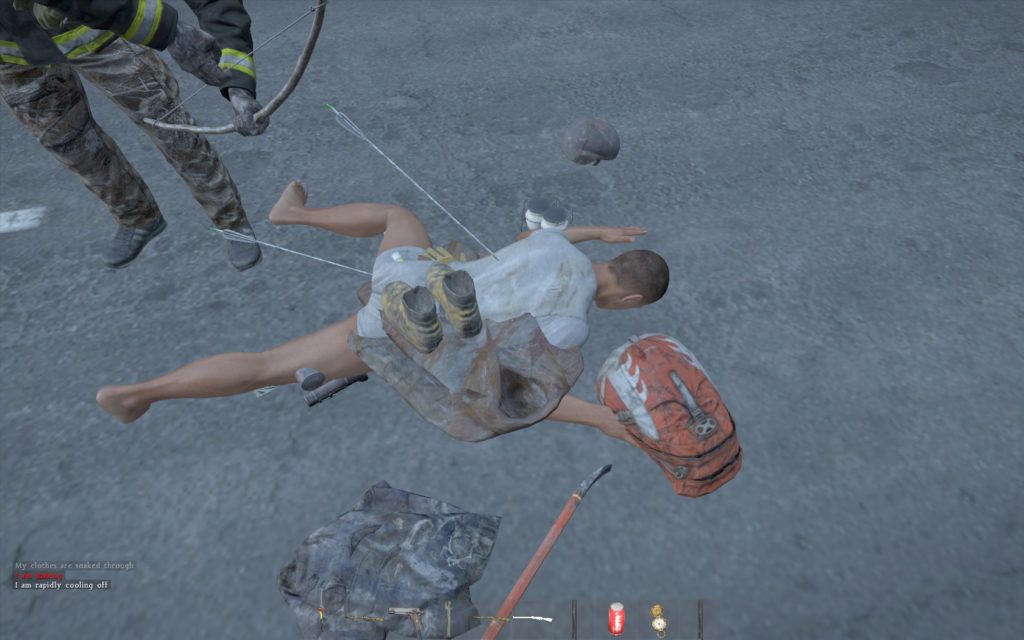
What it comes down to in the end, as could be said for every type of game, is playability. If a Survival game begs you to keep harvesting, keep crafting and keep fighting, then it can be considered a success. When done well, a title can reach legendary status that virtually every other class of game cannot even come close to. When done badly, a Survival game can be very easily tossed aside, and at worst, damages the reputation of any that follow in its footsteps.


